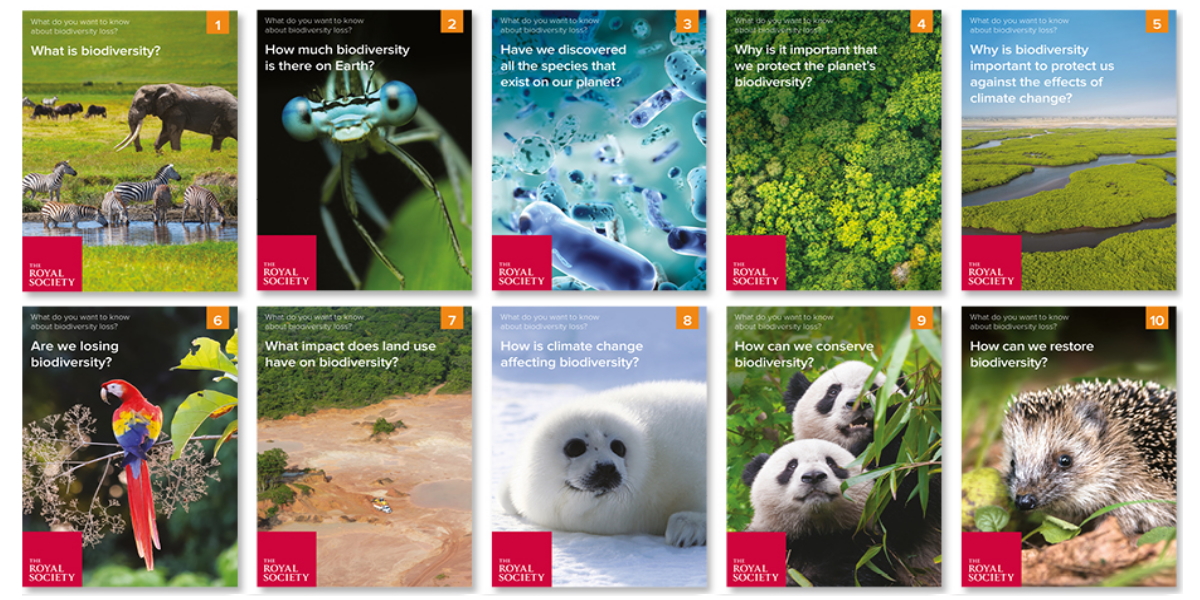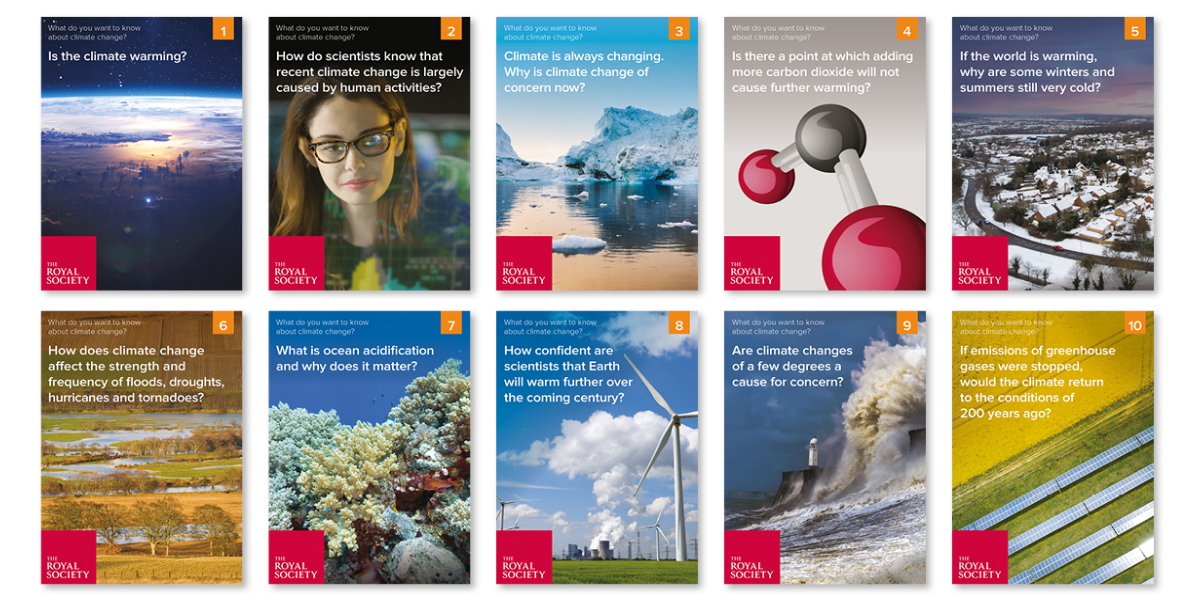Filters
Clear allSubject
- Careers (3) Apply Careers filter
- Climate Change (2) Apply Climate Change filter
- Computing (9) Apply Computing filter
- Creative arts and media (1) Apply Creative arts and media filter
- (-) Remove Cross curricular filter Cross curricular
- Design and technology (20) Apply Design and technology filter
- Engineering (8) Apply Engineering filter
- Mathematics (22) Apply Mathematics filter
- Science (34) Apply Science filter
- STEM Clubs (1) Apply STEM Clubs filter
Age range
Type
- Activity sheet (25) Apply Activity sheet filter
- Experiment (1) Apply Experiment filter
- Game (3) Apply Game filter
- Group work (1) Apply Group work filter
- Image (2) Apply Image filter
- Information sheet (13) Apply Information sheet filter
- Interactive resource (5) Apply Interactive resource filter
- Poster (8) Apply Poster filter
- (-) Remove Presentation filter Presentation
- Research (3) Apply Research filter
- Teacher guidance (28) Apply Teacher guidance filter
- Video (11) Apply Video filter
- Include Physical Resources (0) Apply Include Physical Resources filter
Showing 45 results
Artificial intelligence (AI) is a disruptive technology, meaning that it is significantly changing the way that people, businesses, and industry interact. To put it in context, the invention of the wheel, electricity, TV, and GPS are all disruptive technologies that changed the way in which society worked.
...
This Barefoot Computing resource builds on the ‘Maths quiz with selection’ learning activities which should be undertaken first.
It involves improving an existing Scratch maths quiz and adding score-keeping using...
In this resource designed by the IET, students explore statistics and use them to decide on a ranking of football players. Football players are ranked in different ways and there are a variety of awards they can be presented with. For example, each year the Ballon D’Or is awarded to the player judged to be the ‘...
In celebration of its founder, Fritz Schumacher’s centenary year Practical Action have created Small Is...Challenge. Schumacher’s philosophy was based on the idea that even a small change can have a big impact on people’s lives. The challenge for students is to look at technologies from the last 100 years and...
This Practical Action resource presents a fun hands-on and brains-on challenge for Key Stages Two to Five.
The problem:...
Stop the spread is a new STEM challenge for students aged 7 to 16. Highlighting the global issue of infectious disease students design, build and test a model of a hand washing device and produce educational materials for children in Kenya to encourage hand washing. It is accredited for the British Science...
This activity away from the computer is from the Barefoot Computing project. It is intended to provide a theoretical understanding of why and how variables are used in computer programming, using the example of score-keeping in a classroom quiz. Involving several volunteers from the group, the activity uses...
This brief activity uses false-colour images of the Columbia glacier to introduce the idea of using sequences of satellite images to monitor change and focuses on the selection of appropriate data for an investigation.
This short activity introduces students to the ideas of the footprint and resolution of an image, asking them to choose and use appropriate methods to calculate how these quantities would change as they moved a camera to a series of vantage points above the surface of the Earth

These evidence-based, question and answer style classroom resources can be used to engage students of all ages...

These evidence-based, question and answer style classroom resources can be used to engage students in the climate...
In this activity students take on the role of Earth observation scientists submitting a request for an image they would like for their research. This gives them the opportunity to consider the possibilities of pictures taken from orbit (and the limitations) and to write scientifically for a specific audience. It...
In this activity children take on the role of Earth observation scientists submitting a request for an image they would like for their research. This gives them the opportunity to consider the possibilities of pictures taken from orbit (and the limitations) and to write scientifically for a specific audience. It...
From Practical Action, this challenge asks students to design a simple wind turbine capable of lifting a cup off the floor to bench height. The winning team will be the one producing a machine that lifts the most weight. The resource includes an instruction sheet, wind turbine images, links to videos and...
Pages
- « first
- ‹ previous
- 1
- 2
- 3
